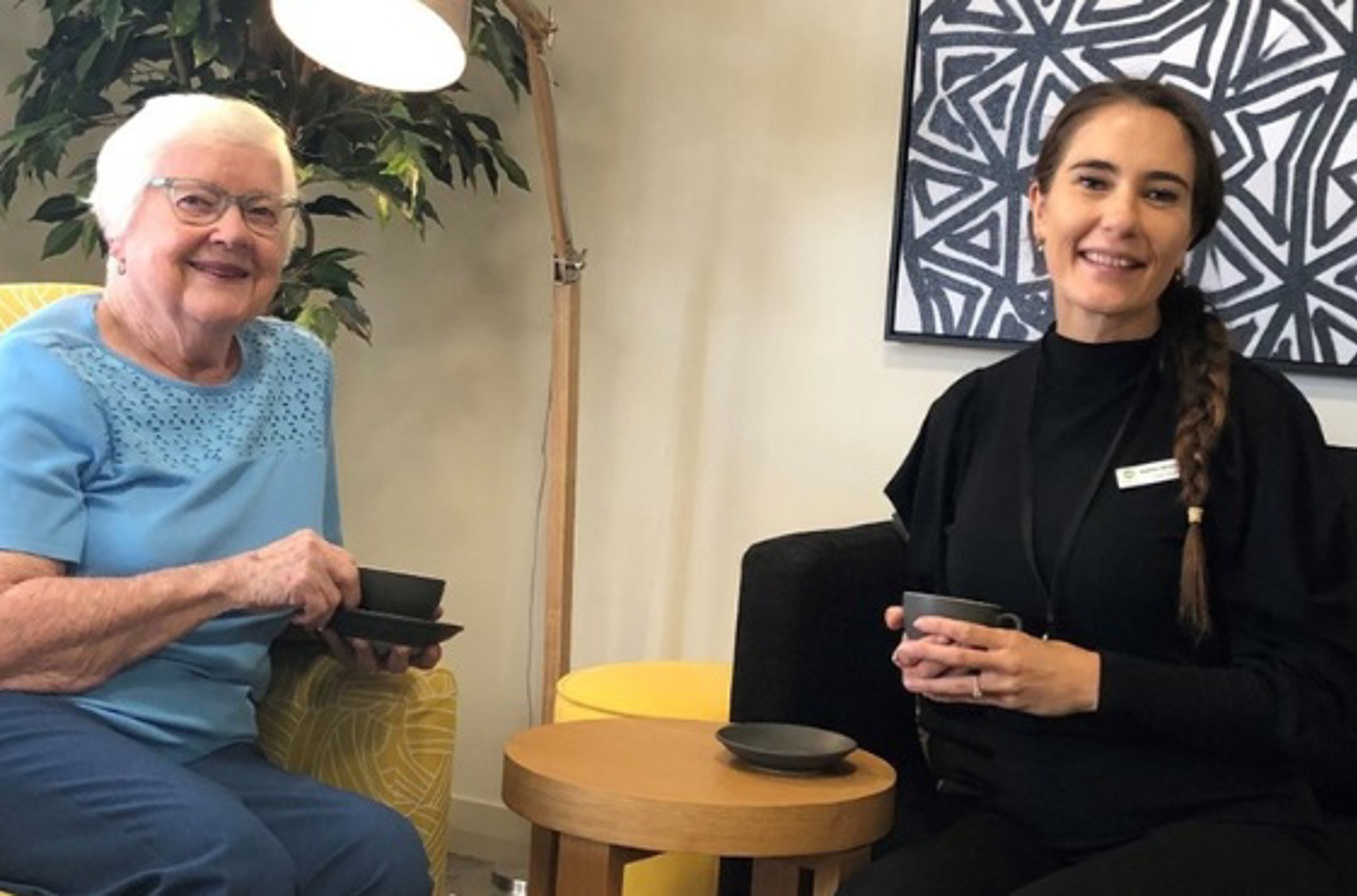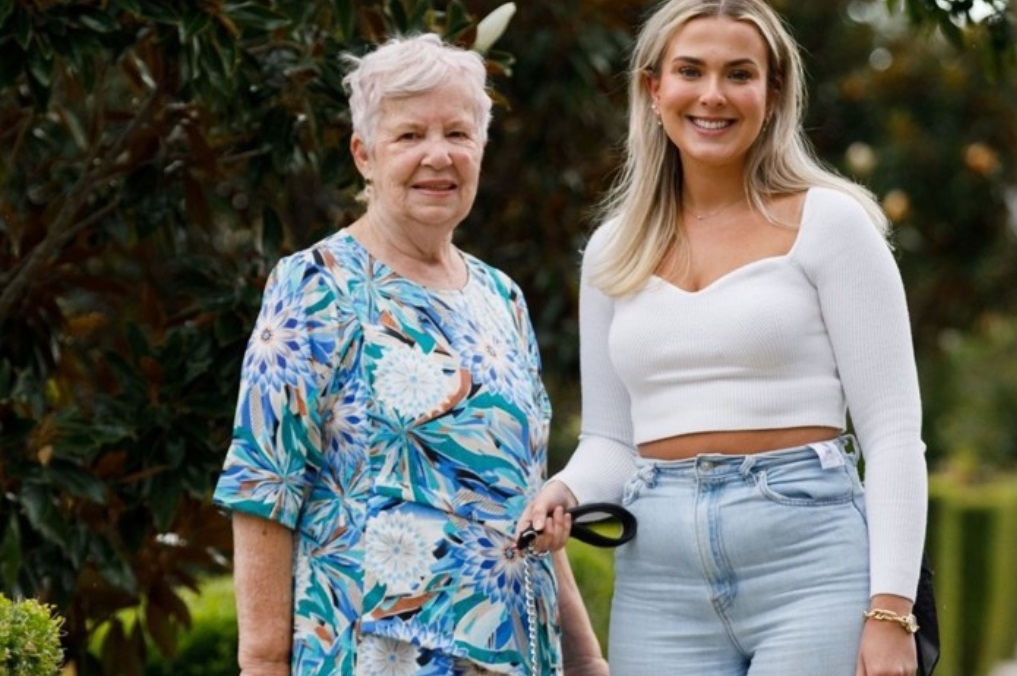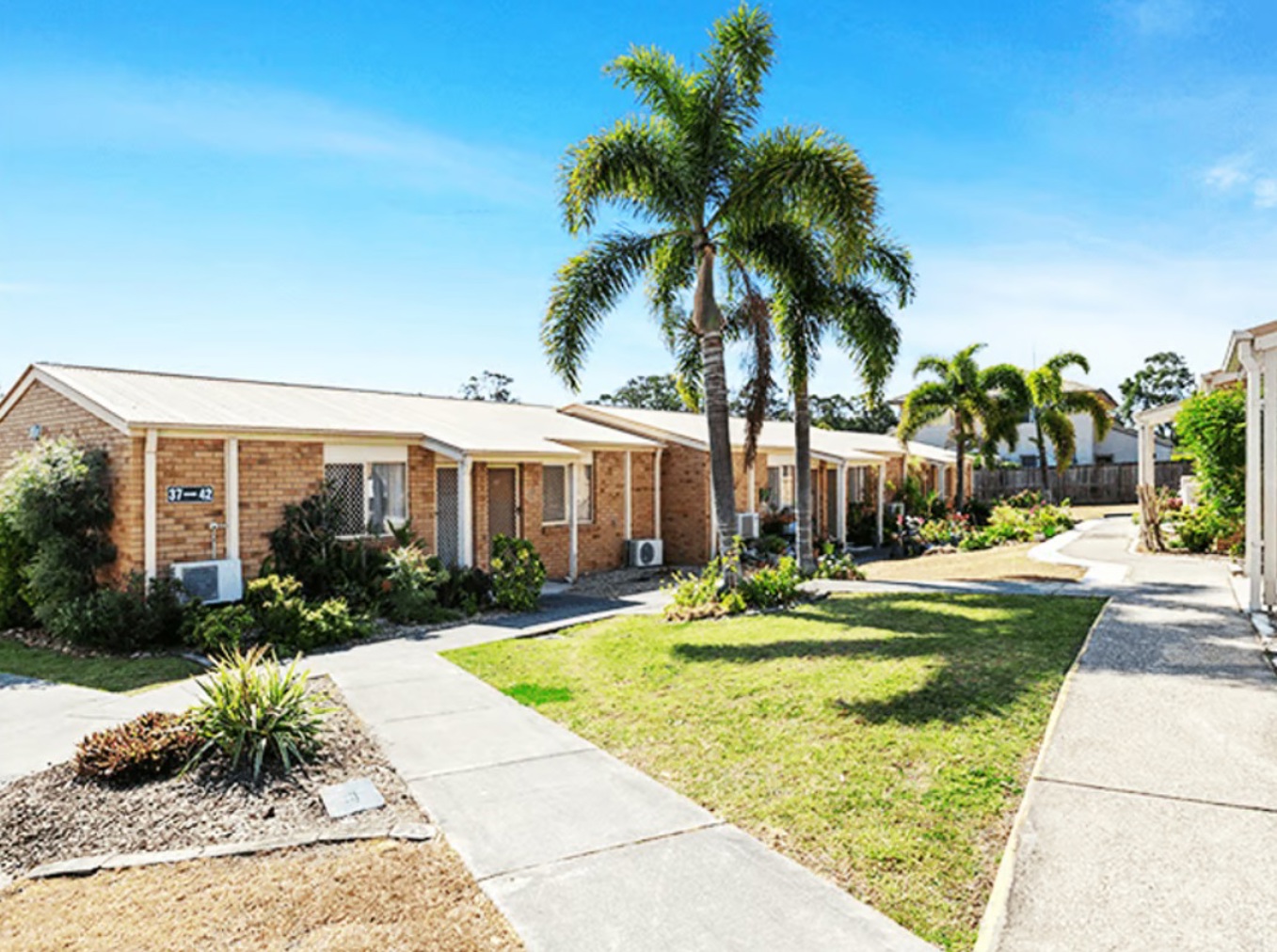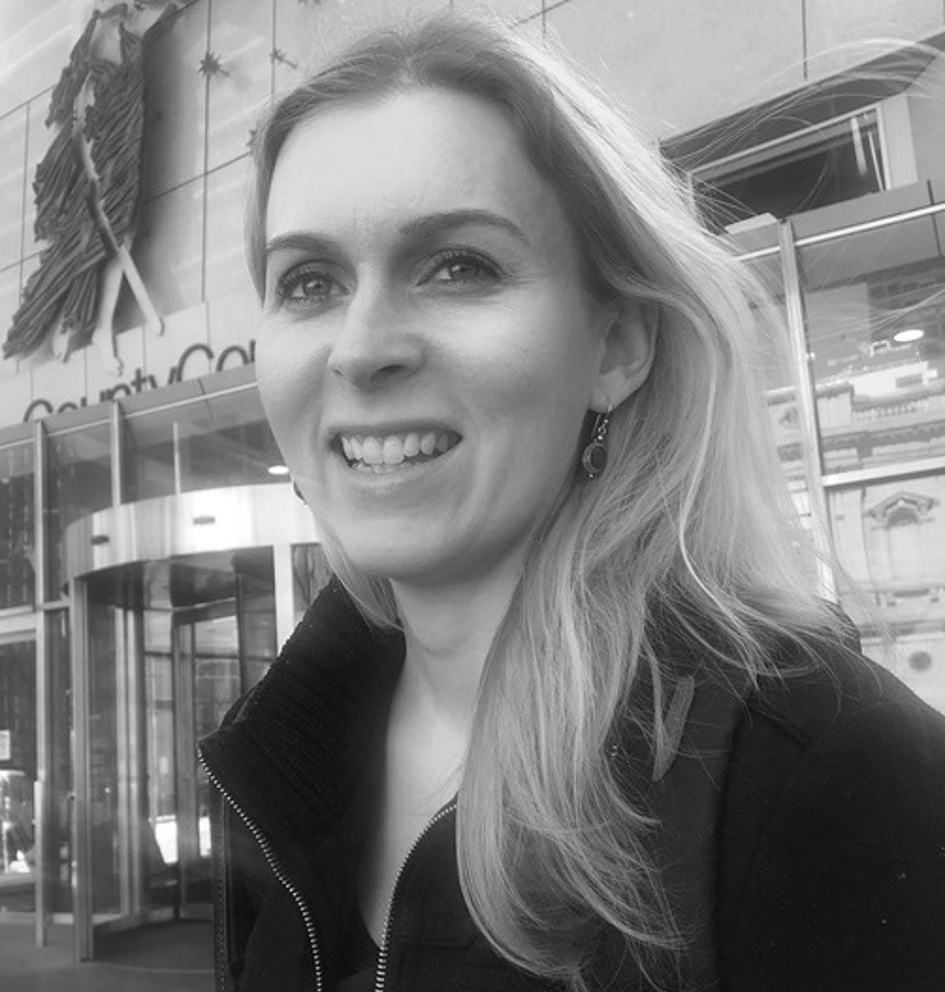What is the Future of Rental Retirement Villages?
09/05/2024
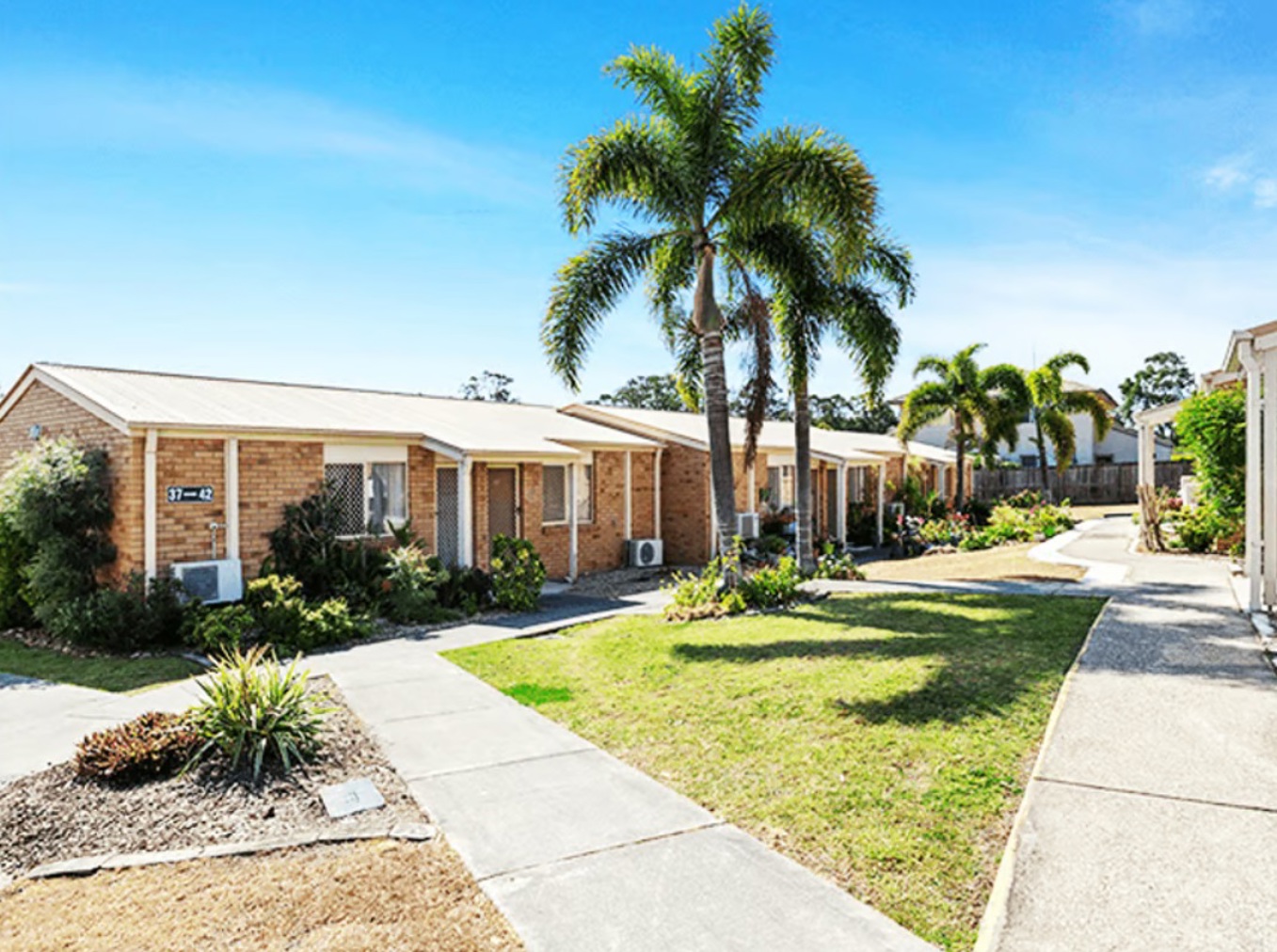
Exploring the potential of Rental Retirement Villages
Across Australia there are approximately 300 rental retirement villages – but few more are likely to be built, which is an unfortunate situation for older Australians.
Rental retirement villages operate much like normal rentals, but they offer older Australian with limited financial means the opportunity of housing security, health and lifestyle support, and a welcoming and safe community.
In this article we will take a look at rental retirement villages, their advantages and why demand for them is likely to grow in the coming decades, yet why more are unlikely to come to market.
Exploring the rental retirement village model
Some retirement villages allow residents to rent their home, in a similar way to renting in the private rental market.
Tenants pay regular weekly rent and water usage and no other fees or charges. Some meals may also be included in the weekly rent.
Sometimes tenants will pay a rental bond of four weeks which is returned on departure – however, often a bond is not required on these properties as the tenants will not have access to large cash sums.
Rental retirement village units are generally reserved for those with limited financial means - sometimes those applying for a rental unit will have their income and assets assessed before the rental is approved. Many living in rental retirement villages are on the pension or receive rental assistance from the Government.
There are two main types of rental retirement villages.
In some cases, retirement villages make a number of units available for rent. These are usually offered by Not For Profit organisations, and may not be advertised. If you are interested in this type of accommodation, you may need to ask the operator.
Other rental retirement villages operate as gated communities, with single bedrooms or studio apartments and communal living and dining facilities. These type of rental retirement villages are sometimes let week to week.
Rental retirement villages offer secure affordable housing, especially for the frail and financially stressed. They are mostly located in regional areas and fill an important housing need – it’s disappointing we don’t have more of them.
Trends shaping the future of rental retirement villages
Demographic Shifts
According to last year’s Intergenerational Report, the number of Australians aged 65 and over is expected to more than double over the next 40 years, and the number aged 85 and over is expected to more than triple.
With the ageing population, comes changing consumer preferences and a tsunami of untapped demand. The future of retirement villages is likely to look very different than the sector looks today.
Changing lifestyles and expectations
The number of older Australians seeking flexible and affordable housing will rise in line with the ageing population – which is a concern because there is such a limited number of rental retirement village units in Australia.
There will also be a growing number of older Australians who place greater importance on experience over possessions. This lifestyle preference is likely to cause growing numbers to seek the flexibility and affordability of rental retirement village accommodation – which allows them to come and go as they please while they continue to live active lives.
Safety and security for women
Superannuation is often used to pay for retirement living accommodation. For women, who in general have lower superannuation balances, this can prove a challenge. It’s estimated that one third of women have no superannuation at all at their time of retirement – leaving them with limited housing options. It’s no surprise then that approximately 75% of rental retirement village residents are women, many of them single.
Technological Advancements
The future of retirement villages and aged care is being significantly impacted by technology. Retirement villages, including their rental units, provide technologies such as fall-sensors and telehealth, that make this type of accommodation so suitable for older people. These technologies only add to the desirability of this form of housing.
Sustainable and eco-friendly initiatives
Retirement villages that offer rental units generally offer them at the lower end of the market and in their older facilities.
While the recent retirement village trend in Australia is to incorporate innovative, environmentally conscious features into village designs – such as electric car charging stations, double glazing on windows, and low-pollutant building materials – these types of features will not usually extend to rental retirement villages, which generally are a more basic level of accommodation.
Key challenges and opportunities
Retirement villages are expensive to build – and the rent retirement villages charge on their rental units is low.
Some estimates put the cost of building a retirement village is $250,000 per unit, while the average rent charged on a rental retirement village unit is about $270 per week, including some meals.
The equation just doesn’t stack up for most operators – with the exception of not-for-profit retirement village operators that have a ‘mission’ purpose and well established management systems and communities.
Currently, there are only two main suppliers of rental retirement villages in Australia – affordable housing providers Ingenia and Eureka. Both providers offer an on-site manager and community activities. Home care services are available for delivery in the home. All their villages are at near full occupancy – showing just how popular and in demand this housing option is.
There is great opportunity in the rental retirement village market, but also limited scope for expansion. Retirement village operators have few options other than to purchase another retirement village in order to grow.
The Road Ahead
The future of retirement villages in Australia will be significantly impacted by the ageing population, which will drive unprecedented demand for seniors living options in the next few decades.
Rental retirement villages are likely to be highly sought-after because they offer security, support and a community – alongside affordability and flexibility.
They are likely to remain a particularly popular option for older women.
However, for most retirement village operators, there is little financial incentive to offer rental units. Will the not-for-profit deliver more of this highly sought after but scarce housing option?
To find out more about rental retirement villages visit agedcare101.com.au, use the search box to enter the location you are looking for and then the filter to select ‘rental’

